I thought plunging was putting the potted plant into the ground
tomatotomata
11 years ago
Related Stories

CONTAINER GARDENSSolve Your Garden Border Dilemmas With Planted Pots
Set your containers free from the patio — placed among plantings in the ground, they fill unsightly gaps, let you experiment and more
Full Story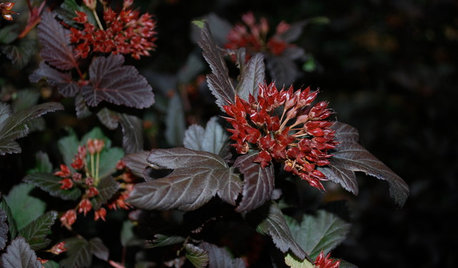
LANDSCAPE DESIGNGreat Design Plant: Sun-Loving Ninebark Puts on a Color Show
This tall, dark and handsome native shrub is equally at home in jeans and boots or in a suit and tie
Full Story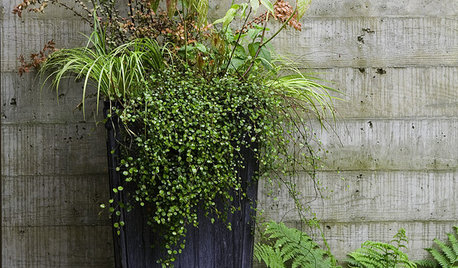
GARDENING GUIDESThe Secret Formula for Grouping Plants in a Pot
Designing a gorgeous container garden is easy once you know this simple rule of thumb for composition
Full Story
GROUND COVERSGround Force: 10 Top Ground Covers for Your Garden
Protect your soil from weeds and drought this summer with a living mulch of ground covers
Full Story
GARDENING GUIDESGreat Design Plant: Bugle Weed, a Quick Ground Cover
It’s highly adaptable, suppresses weeds, reduces erosion and provide weeks of bright flowers. Just watch for invasiveness
Full Story
GARDENING GUIDES6 Dependable Ground Covers for Warm Climates
Swap some lawn for these drought-tolerant clumping plants — and watch your maintenance efforts diminish while they easily grow
Full Story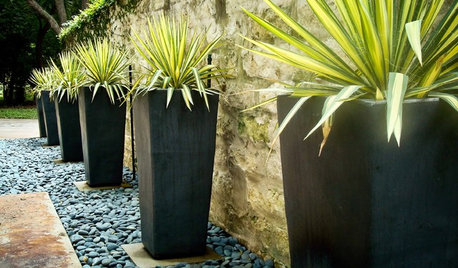
CONTAINER GARDENSWant Compelling Garden Minimalism? Think One Plant, One Pot
Highlight a show-worthy stunner or elevate a pedestrian plant by giving it a solo starring role in the garden
Full Story
CONTAINER GARDENSContainer Garden Basics: How and When to Water Potted Plants
Confused about soil moisture, the best time to water and what watering device to use? This guide can help
Full Story
FALL GARDENING5 Ways to Put Fall Leaves to Work in Your Garden
Improve your soil and yard the organic way with a valuable garden booster that grows on trees
Full Story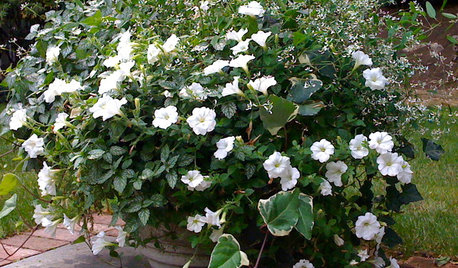
GARDENING GUIDES11 Perfect Plants for a Moonlit Garden — in Pots
Create an alluring after-dark aura on a patio or deck with container plants that glow white under the stars
Full Story





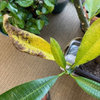
mksmth zone 7a Tulsa Oklahoma
moonie_57 (8 NC)
Related Professionals
Danbury Landscape Architects & Landscape Designers · Rancho Palos Verdes Landscape Architects & Landscape Designers · Brooklyn Center Landscape Architects & Landscape Designers · Aloha Landscape Contractors · Cockeysville Landscape Contractors · Mequon Landscape Contractors · Munster Landscape Contractors · Old Saybrook Landscape Contractors · Palatine Landscape Contractors · Pleasant Prairie Landscape Contractors · Setauket-East Setauket Landscape Contractors · University City Landscape Contractors · Fairfax Siding & Exteriors · Layton Siding & Exteriors · Milwaukee Siding & Exteriorstdogdad
tapla (mid-Michigan, USDA z5b-6a)
the_first_kms2
tomatotomataOriginal Author
Dave in NoVA • N. Virginia • zone 7A
Loveplants2 8b Virginia Beach, Virginia
dpolson37
cessna_175
elucas101
Loveplants2 8b Virginia Beach, Virginia
tapla (mid-Michigan, USDA z5b-6a)